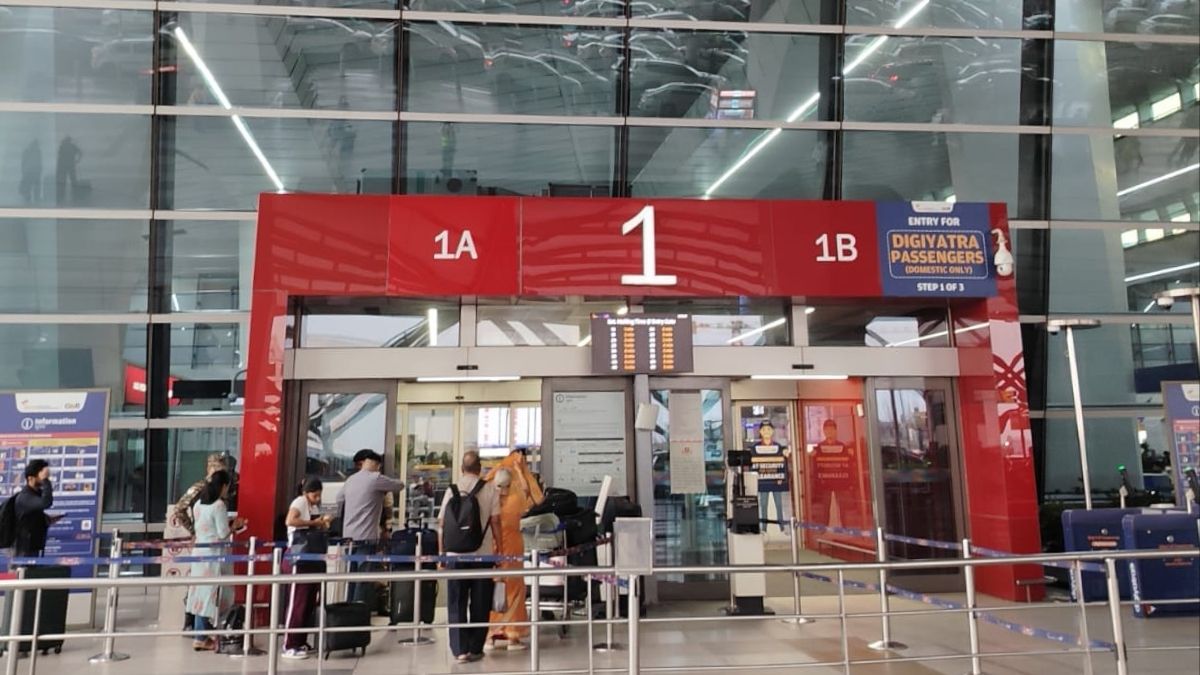Delhi airport emerges as major transit hub despite recent flight disruptions
 The departure gate at Indira Gandhi International Airport in Delhi | X
The departure gate at Indira Gandhi International Airport in Delhi | X
Delhi’s Indira Gandhi International Airport (IGIA) has been in the spotlight the past two days, both for weather-related flight disruptions and for its rising reputation as a major global transit hub.
On Tuesday evening, winds shifted direction dramatically over Delhi, causing air traffic disruptions at IGIA. According to officials cited by agencies, at least eight flights operated by IndiGo, Air India, and Air India Express were diverted to Jaipur between 6 pm and 8 pm on November 4. The changing wind patterns, specifically strong easterly winds, made it difficult for pilots to land, leading air traffic controllers to reroute these flights for safety, according to reports.
Airlines acknowledged the inconvenience, citing added air traffic congestion and longer wait times both in the air and on the ground. Operations normalised later that evening, but the incident highlighted the airport’s heavy traffic: IGIA handles around 1,300 flight movements every day, making it the country’s busiest aviation hub.
The good news about Delhi airport
But Delhi airport’s story is not really about turbulence; it is one of rapid international growth. Just a day earlier, operator Delhi International Airport Limited (DIAL) announced a 34 per cent surge in international transit passengers over the last year.
From September 2024 to August 2025, more than 670,000 travellers used Delhi as a transfer point between East and West.
Indian airlines led the charge, with Air India accounting for two-thirds of all East-West transit traffic through Delhi, and IndiGo responsible for another quarter.
The airport has also aggressively expanded its route network. It now boasts India’s widest and most frequent links to the United Kingdom, with a new service to Manchester launching in mid-November and a leading share of flights to London and other UK cities.
In the East, Delhi’s connections to Japan and Thailand have also grown, making it a crucial stop for those travelling between South Asia and cities like Tokyo, Phuket, and Bangkok. Japan Airlines is set to add a new daily Delhi–Tokyo (Narita) flight in early 2026, and new leisure routes to Krabi and other Southeast Asian attractions are underway.
Despite moments like Tuesday’s wind disruptions, Delhi airport has been able to quickly restore normalcy even as it juggles hundreds of domestic and international flights daily.
Business